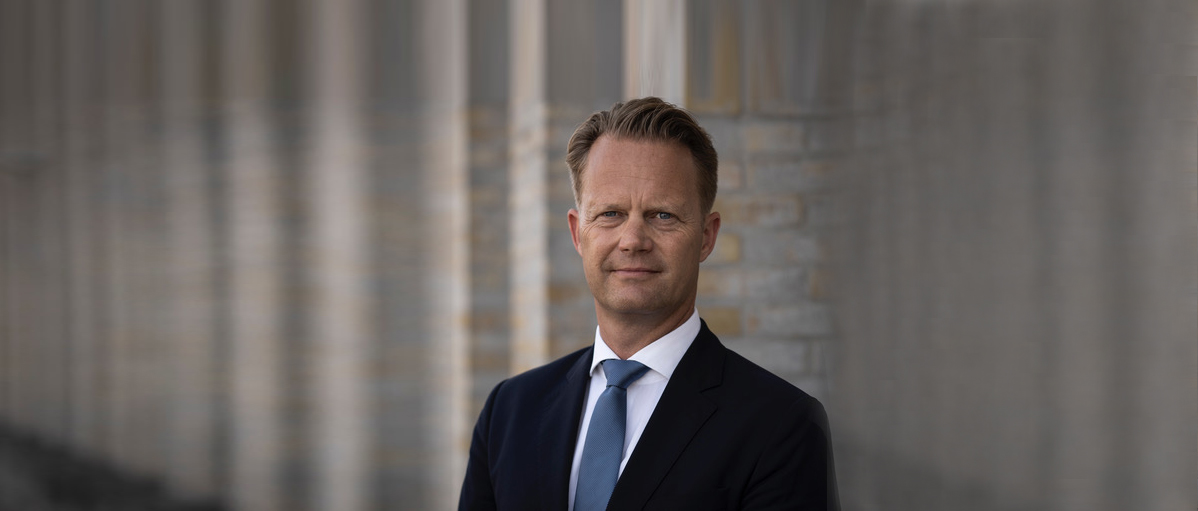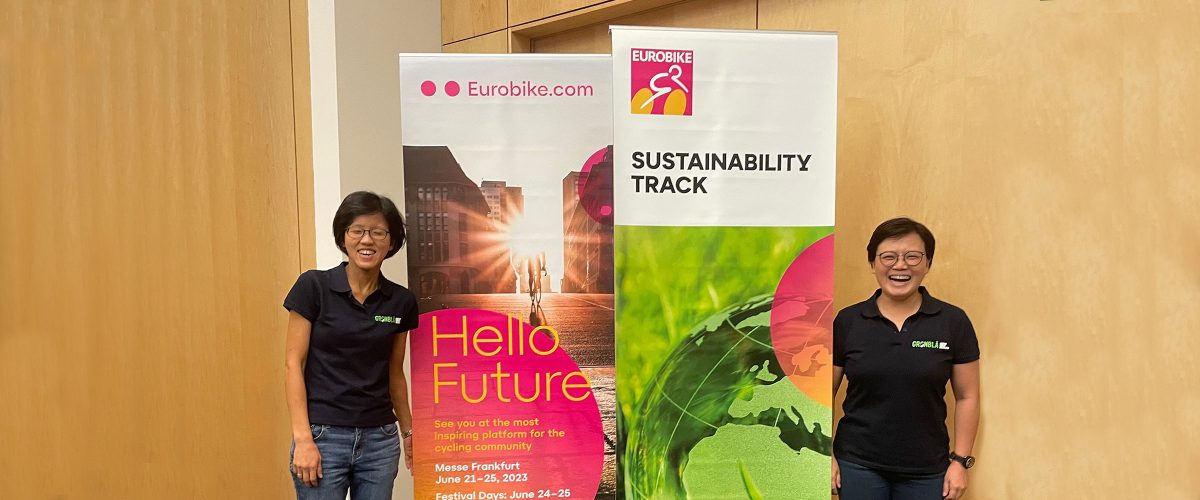5. June 2023
How to get started with ESG – the simple art of doing the right thing
Throughout the last years, I have visited many companies, discussing ESG initiatives and sustainable processes and products, and they all told me a variation of the same thing :” I don’t know how to practically implement ESG”, or “ I have to find something to do about ESG because my customers ask me to do it “
I always suggest that companies should look at it from another angle. Instead of seeing ESG as a chore or a trivial must-do part of the new way of doing business, companies should embrace their ESG initiatives to create a guideline for them to help face future potential challenges, such as environment impact, brand reputation, labor shortages, geo-political concerns and other impacts that may cause long term irreparable damage to the business. It's a narrow path and with increased consumer awareness and, frankly reasonable, demands, the path will only get narrower. If a company is to stay on the path, they need to embrace the thought process of ESG, which essentially boils down to the art of simply doing the right thing.
In order to identify the potential risks and also potential opportunities, without breaching the ethics and laws, companies should treat ESG as a formidable guideline to help get in front of legislation, consumer demands, and competitor threats.
There is no right-answer, one-size-fits-all SOP for ESG practice that will work for all industries and all companies. Many companies are looking for clear guidelines or a manual for how to implement ESG. Until ESG eventually is written into law, what every company should do is to treat ESG as an open question and develop their own path.
I find that the simplest way to really, in a true way, implement ESG is to ask a simple question: Is this the right thing to do?
ESG is not about doing the easy thing. ESG is not about doing the cost saving thing. ESG is about doing the hard, brutally honest thing - the right thing that you will want to tell your mother and your children about.
Is this the right thing to do?
Is it the right thing to use child-labor?
Is using toxic chemistry and just letting it flow into the river the right thing to do?
Is it the right thing to use plastics for individually wrapping bananas?
Is it the right thing to do to use toxic processes in your production if there are more environmentally sustainable alternatives available?
I believe that most people who want to make their children proud would answer no to the questions above. Asking the question is the first step in understanding how you’re tracking on the path towards establishing your ESG guidelines, but the critical part is always to remember that every little step counts - if you don't start somewhere, you'll never go anywhere. Finding the right thing to do, and then doing it will set you on the right path and move forward.
Companies should take a brutally honest approach to asking the question on all their practices, including product, operation, governance, people, and brand identity.
This question can help a company align its ESG strategy with its core purpose and principles. It can also help a company identify the areas where it can make the most meaningful contribution to society and the environment.
On-shoring production
On-shoring production, which can be seen as one of the aspects of the environmental pillar of ESG, can have significant environmental implications, both at home and abroad. Companies that care about the environment should ask themselves:
- Is this the right thing to do for our planet? Are we reducing our carbon footprint, energy consumption and waste generation overall, by on-shoring our production? Are we using renewable, recyclable or up-cyclable resources and minimizing our environmental impact? Are we saving unnecessary logistics and transport by on-shoring?
- Is this the right thing to do for the countries we are moving away from? Are we negatively impacting the environment and socioeconomic aspects of the countries we are on-shoring from?
- Is this the right thing to do for our customers? Are we meeting their expectations and preferences for locally made goods?
- Is this the right thing to do for our local communities? Are we contributing to their economic growth and social structure by creating jobs, paying taxes and investing in local infrastructure?
People
People and talent are the most valuable assets of any organization, and they deserve to be treated with respect, dignity and fairness. The simple questions are for example:
- Is this the right thing to do for our employees? Are we providing them with, regardless of sex, race, religion and beliefs, safe and healthy working conditions, fair wages and benefits, opportunities for learning and development, and a culture of diversity, equity and inclusion?
- Is this the right thing to do for our customers?
- Are we offering them products and services that meet their needs and expectations, that are of high quality and value, and that are ethically sourced and produced?
- Is this the right thing to do for our suppliers? Are we building long-term and mutually beneficial relationships with them, that are based on trust and transparency, and that respect their human rights and environmental standards?
By asking these questions, companies can evaluate their current practices and identify areas for improvement. They can also set clear goals and targets for their ESG performance, and measure their progress and impact over time.
Asking "Is this the right thing to do?" is not only a moral duty, but also a strategic advantage. A company that does the right thing can enhance its reputation, attract and retain talent, increase customer loyalty, reduce risks, improve efficiency, innovate solutions, and create value for all its stakeholders.
With these scenarios, I hope that you will see the pattern in how to ask simple questions that can set you on the right path - the path of doing the right thing and staying ahead of the challenges that eventually could impact businesses that are merely waiting for the world to pass them by.
With a simple set of questions that can be asked inside an organization, companies are able to analyze the answers and determine the sensible way forward. Step by step, the path will widen and the road ahead will be clear.
Ein Beitrag von Jayu Yang

